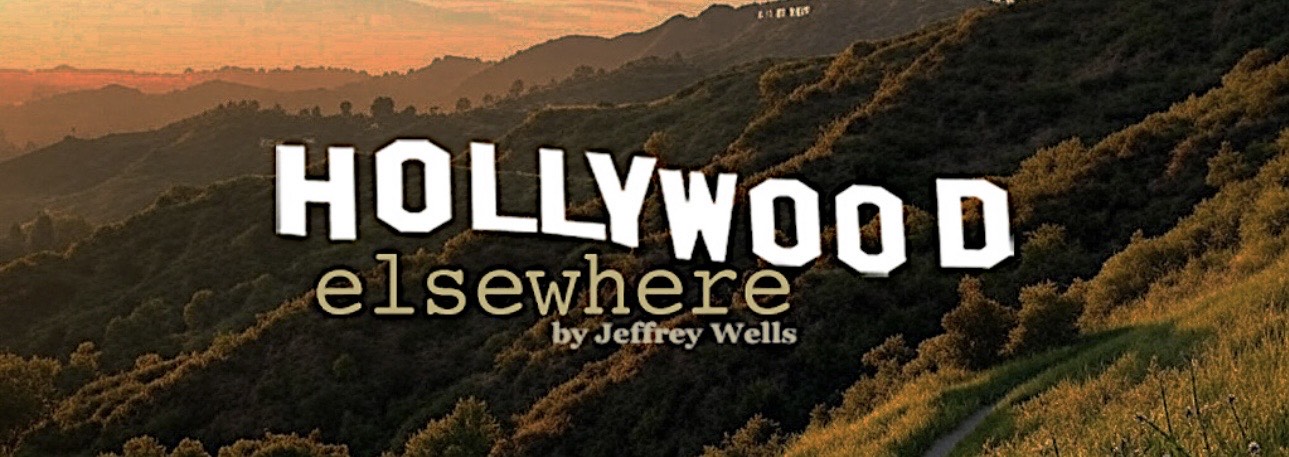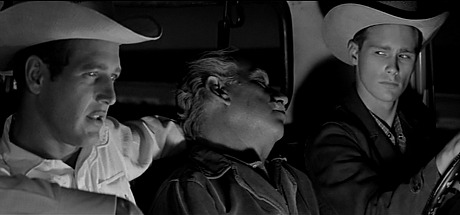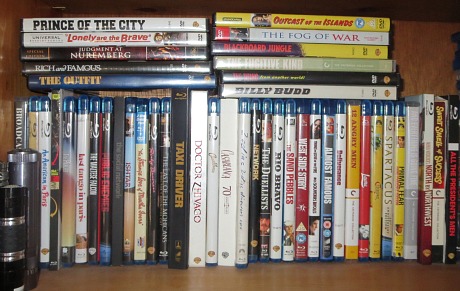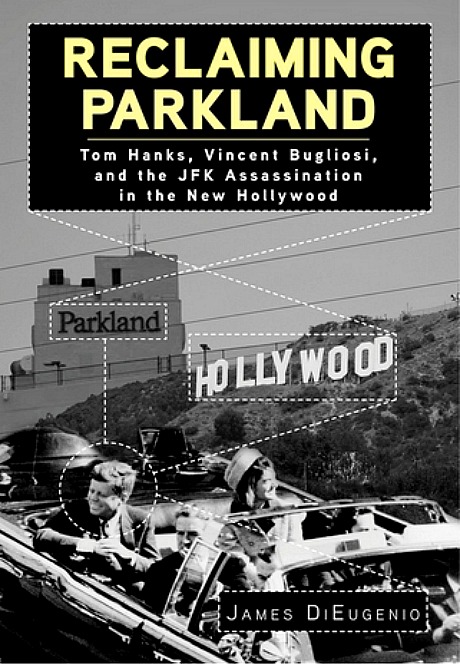Any ex-wife or ex-girlfriend can trash their ex-husband or ex-boyfriend with authority. They can slice you up like sashimi. Nobody comes away clean from a relationship. Bad reviews are inevitable. But people with a sense of class don’t post reviews of their exes on Rotten Tomatoes. Unless your ex is/was a total loon, the only fair thing you can say is that he/she had their good sides and not-so-good sides but that was then and this is now and you’ve moved on, etc.
The late James Gandolfini plays a mild-mannered bear in Nicole Holofcener‘s Enough Said (Fox Searchlight, 9.13), and Catherine Keener plays her usual contentious snippy crab-head. Julia Louis-Dreyfus is a massage therapist who falls for Jimbo. Problems arise when Dreyfus accidentally befriends Keener and yaddah yaddah.





